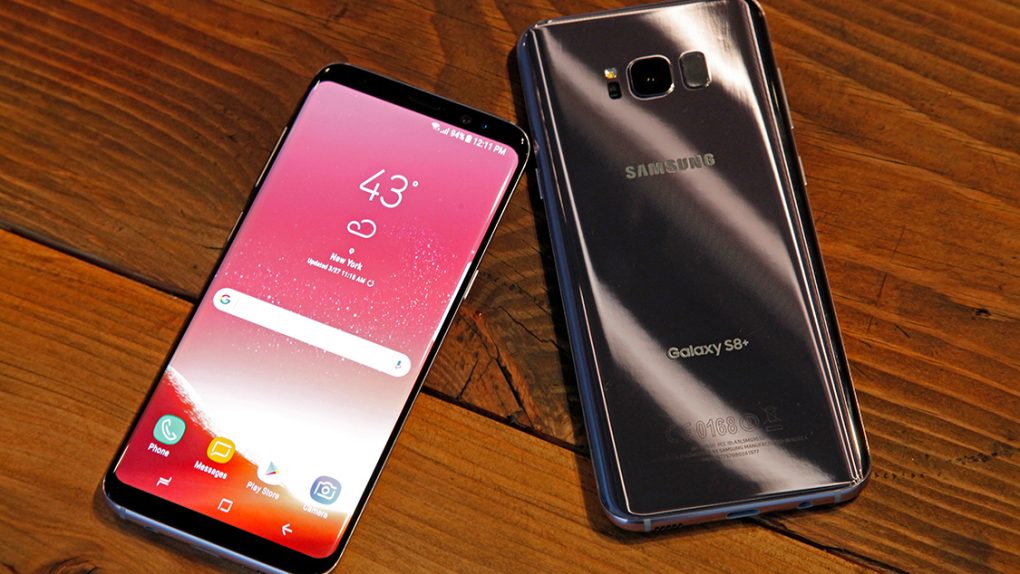In just over a month, the phones many Android fans are waiting for will be finally unveiled in Barcelona, Spain. Samsung confirmed as much last week at CES, putting to rest all rumors that said the Galaxy S9 and Galaxy S9+ might be announced earlier than expected.
The phones have hardly been a secret, and we already know Samsung plans to reuse last year’s Galaxy S8 design for one more year. We also have a pretty good idea of the sort of hardware improvements that we can expect from the upcoming Galaxy S9 duo. But a new report from Korea gives us the best look yet at the Galaxy S9’s hardware specs, leaving almost nothing left for Samsung to surprise us with.
The Galaxy S9’s most notable improvement is the camera, Korean language ETNews says. The phone will have a single-lens 12-megapixel rear camera, while the Galaxy S9+ is getting a dual 12-megapixel camera setup on the back. All cameras are going to feature a variable F1.5/F2.4 aperture that will let users operate the phone like a DSLR camera. The variable iris tech was already used in the Samsung W2018 clamshell phone Samsung that was released in China last month.
The Galaxy S9 will also become the first flagship phone in the world with an F1.5 aperture, which will let it capture even more light. Low-light photography should be dramatically improved as a result. Last fall, LG launched a smartphone with an F1.6 aperture, the LG V30.
Another camera feature coming to the Galaxy S9 series is slow motion shooting mode — that’s likely the super slow motion mode that has been mentioned in previous reports. On the front side of the phone, you’ll find an 8-megapixel camera with autofocus. The Galaxy S9’s selfie cam also incorporates the components needed for facial recognition features, and the phone has a standalone iris recognition camera as well.
Aside from the camera, the Galaxy S9 will feature other interesting technology, like the Substrate Like PCB (SLP) mainboard design that will let Samsung squeeze miniaturized circuits into an even smaller space, thus freeing more room for the battery. SLP will be used in roughly 60% of Galaxy S9 units, or the ones that will be powered by Samsung’s own Exynos processor. The iPhone X employs similar tech, and it’s what allowed Apple to reduce the size of the logic board in the handset.
Finally, the report notes that the Galaxy S9 will bring over Samsung’s first display that will incorporate Y-OCTA technology. That’s short for Youm On-Cell Touch AMOLED, and it refers to new display tech that allows Samsung to reduce the overall size and weight of a screen and place the touch sensor right on top of the flexible OLED layer. The report makes no mention of 3D Touch-like support for the Galaxy S9, which had been rumored.
The report does not mention the actual size of the Galaxy S9 batteries, but a report earlier this week hinted Samsung will rely on the same 3,000 mAh and 3,500 mAh capacities used for the Galaxy S8 and S8 Plus. The new Galaxy S9 and S9+ will be unveiled during a press conference late next month ahead of their expected release on March 16th.








